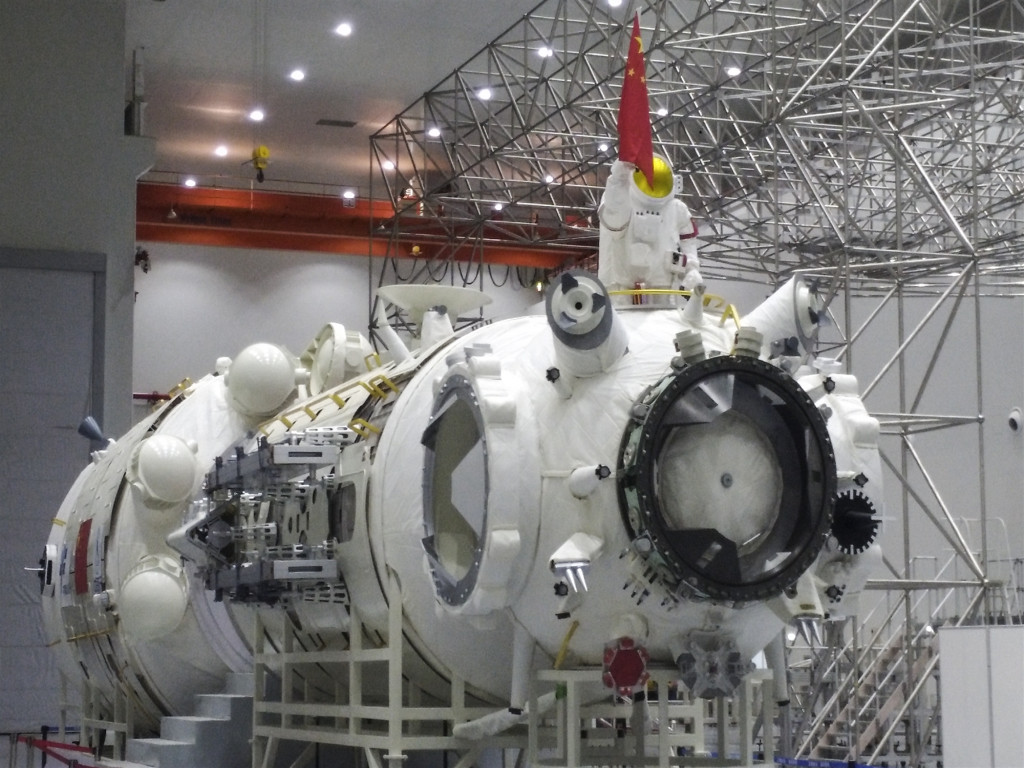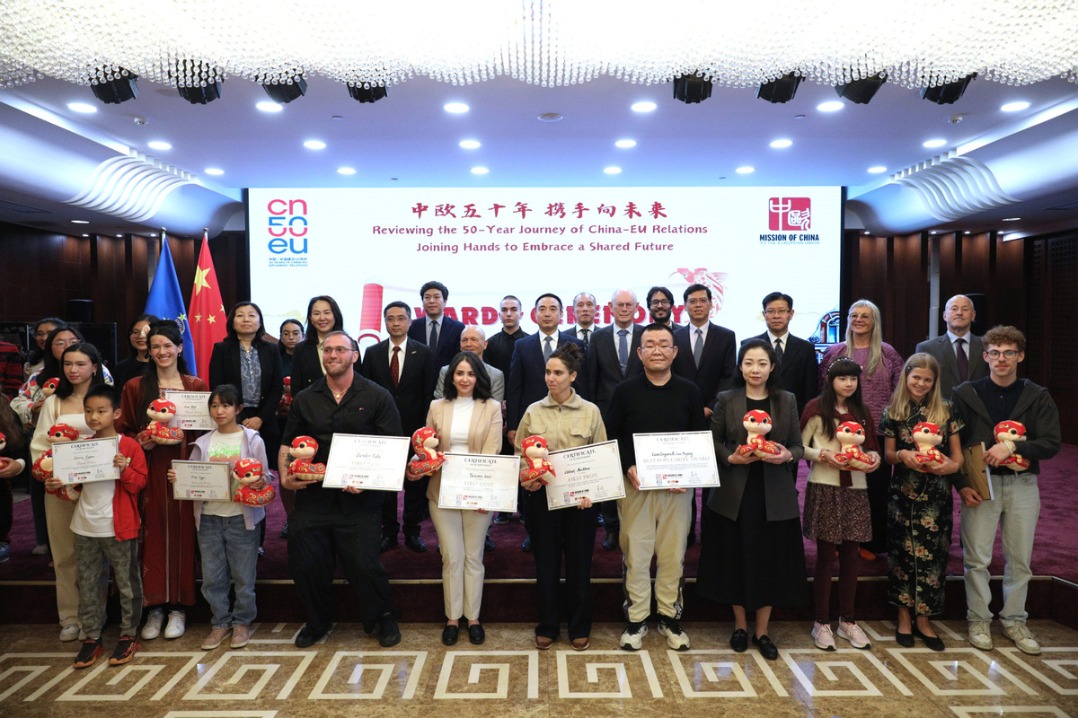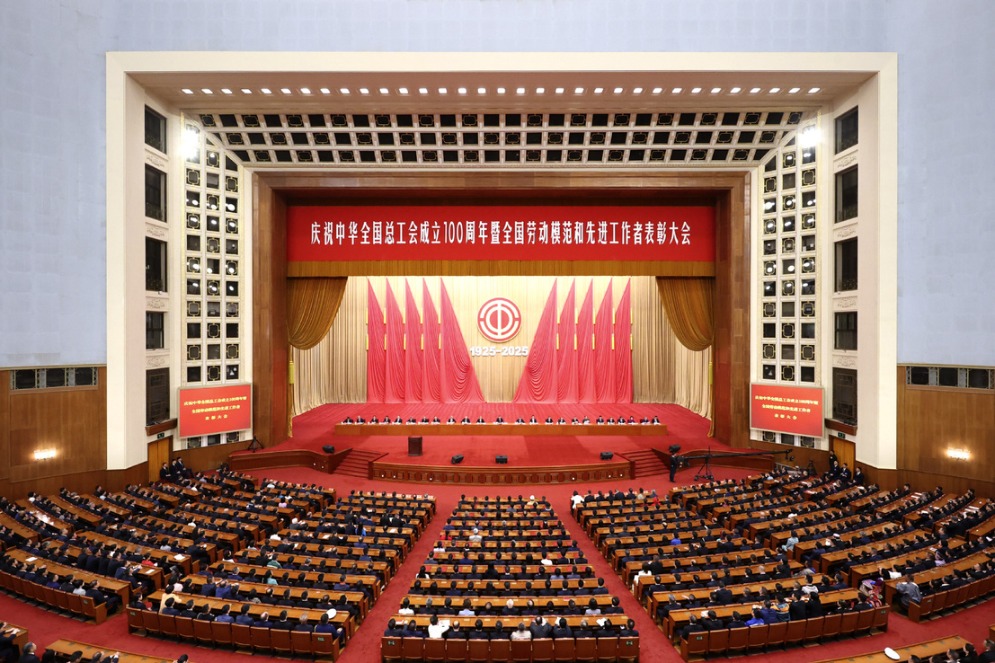中国“天和”号空间站核心舱将首次亮相
中国日报网 2018-10-24 11:31

10月23日,第五届载人航天(国际)学术大会在西安开幕。中国载人航天工程办公室主任郝淳表示,为展现载人航天最新科技成果与发展理念,我国“天和”号空间站核心舱将首次以1∶1实物形式(工艺验证舱)参加第十二届珠海航展。

The core module, Tianhe, or Harmony of Heavens, will have three parts: the connecting section, life-support and control section, and resources section, the China Manned Space Agency said.
据中国载人航天工程办公室介绍,“天和”号空间站核心舱包括节点舱、生活控制舱和资源舱三部分。
The module will be equipped with three docking hatches reserved for visiting manned or cargo spacecraft and two berthing locations used to connect with space laboratories. There will also be a hatch for astronauts' extravehicular activities, the statement said.
核心舱有3个对接口和2个停泊口。对接口用于载人飞船、货运飞船等飞行器访问空间站,停泊口用于两个实验舱与核心舱连接,另有一个出舱口供航天员出舱活动。
中国载人航天工程办公室主任郝淳介绍,中国空间站(space station)额定乘员3人,乘组轮换时最多可达6人,基本构型包括核心舱(core module)、实验舱I和实验舱II(two space labs),每个舱段规模20吨级。
核心舱轴向长度16.6米,大柱段直径4.2米,小柱段直径2.8米,主要用于空间站的统一控制和管理(control and management of the space station),以及航天员生活,具备长期自主飞行能力(capability of long-term autonomous flight),能够支持航天员长期驻留,支持开展航天医学和空间科学实验(hosting space medical and scientific experiments)。
1992年9月,中国实施载人航天工程并确定中国载人航天“三步走”的发展战略(three-step manned space program):
第一步,发射载人飞船(manned spaceship),建成初步配套的试验性载人飞船工程,开展空间应用实验。2013年神舟5号载人飞船任务顺利完成。
第二步,突破航天员出舱活动技术(extra-vehicular activity)、空间飞行器的交会对接技术(rendezvous and docking),发射空间实验室(space lab),解决有一定规模的、短期有人照料的空间应用问题。
第三步,建造空间站,解决有较大规模的、长期有人照料的空间应用问题(operate a permanent manned space station)。
2017年4月20日19时41分,天舟一号货运飞船(cargo spacecraft Tianzhou-1)成功发射。此次任务是中国载人航天工程空间实验室阶段(space laboratory stage of China manned space engineering)的收官之战,标志着中国载人航天工程胜利完成“三步走”战略中的“第二步”任务,为空间站建设任务奠定坚实技术基础。
下一步,我国将在2020年前后开始组装建造首个载人空间站(manned space station)。首先,用长征五号乙运载火箭(Long March 5B heavy-lift rocket)将核心舱发射进入轨道,之后发射四架载人航天飞机,将宇航员送入轨道开始组装建造空间站。
2022年前后,我国空间站有望完成组装,开始全面运行(fully operational)。
(中国日报网英语点津 Helen)

















 英语点津微信
英语点津微信 双语小程序
双语小程序